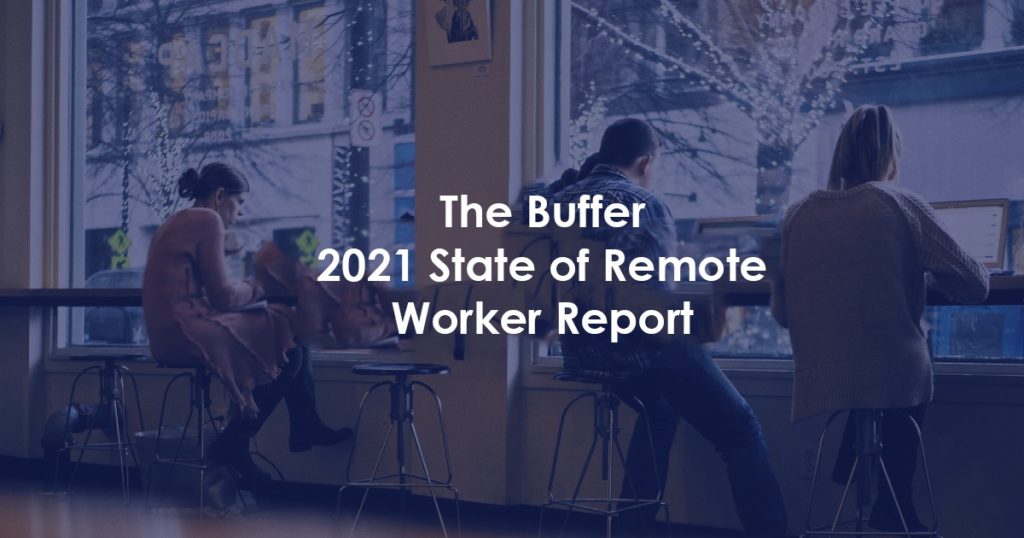Enter your details below to stay up-to-date with the latest IT solutions and security measures.
Leaning towards micromanagement to maintain control? To promote an effective trust culture, your team will fare better if working autonomously. Micromanagement will not help long term – what should matter are performance and communication. It’s a self-fulfilling prophecy that if you feel trusted, you feel more responsible, and with greater responsibility comes the ability to earn trust. Allowing free rein for your team to work autonomously might not come naturally to you, but as a leader, to avoid micromanaging and over-tracking, consider the following:
![]() What excuses am I making to justify micromanaging this person? For example: “it will be faster if I do it myself” or “the stakes are too high for me to delegate this.”
What excuses am I making to justify micromanaging this person? For example: “it will be faster if I do it myself” or “the stakes are too high for me to delegate this.”
![]() What is preventing me from seeing the bigger picture? As a manager, you need to take a macro instead of a micro approach to make important decisions. Getting bogged down in the details can slow you down and/or cloud your judgement.
What is preventing me from seeing the bigger picture? As a manager, you need to take a macro instead of a micro approach to make important decisions. Getting bogged down in the details can slow you down and/or cloud your judgement.
![]() What is the status of the employee’s work in question? Are they communicative about their work? Have they given me any tangible reasons to doubt their abilities or trustworthiness in the past?
What is the status of the employee’s work in question? Are they communicative about their work? Have they given me any tangible reasons to doubt their abilities or trustworthiness in the past?
![]() What’s my impetus for wanting this person to be online? You may not have an explicit employee tracker software, but when your team members feel the need to be demonstrably online and respond immediately in order to prove they’re “at work”, that, is just another form of tracking. Do your best to develop an async culture that allows employees to set their own schedules and places an emphasis on performance over presence.
What’s my impetus for wanting this person to be online? You may not have an explicit employee tracker software, but when your team members feel the need to be demonstrably online and respond immediately in order to prove they’re “at work”, that, is just another form of tracking. Do your best to develop an async culture that allows employees to set their own schedules and places an emphasis on performance over presence.
![]() Do I genuinely believe this employee would be empowered by tracking? By providing employees a quantitative glimpse into how they spend their time, some tracking tools like Toggl time tracker do in fact have a legitimate place in the workspace. By learning one’s personal productivity patterns, people can adjust their schedules to best suit their goals and needs. The major caveat here is that this form of tracking only serves to breed trust when the manager and employee decide to do it collaboratively. Tracking should be used as an ultimate last resort.
Do I genuinely believe this employee would be empowered by tracking? By providing employees a quantitative glimpse into how they spend their time, some tracking tools like Toggl time tracker do in fact have a legitimate place in the workspace. By learning one’s personal productivity patterns, people can adjust their schedules to best suit their goals and needs. The major caveat here is that this form of tracking only serves to breed trust when the manager and employee decide to do it collaboratively. Tracking should be used as an ultimate last resort.
Learn more about healthy and productive workplace.














